I am attempting to map out social networks
For example, i have person A and he has 5 followers, these followers and the person would be represented by a vertex, and then have an edge connecting them. And most likely, at least half of them are following each other, creating a big sort of "web".
I tried doing this in QuickGraph, however i ran into a few issues:
- The graph ends up looking like more like a flow chart then a web, example from earlier in QuickGraph:
- When i test with real data, the graph just becomes a huge, laggy, spaghetti mess of ink
What would be the best way to create this sort of graph?
For reference i am looking to make a graph that looks like this:

